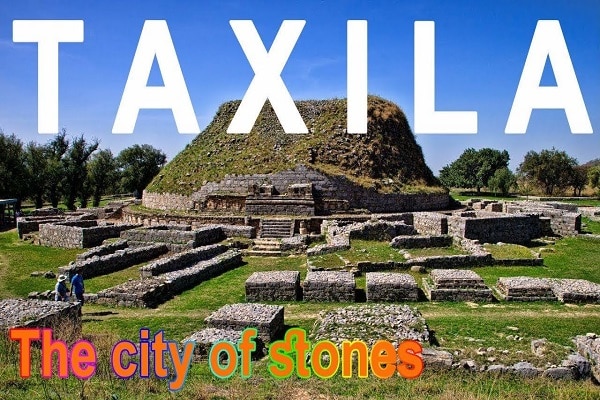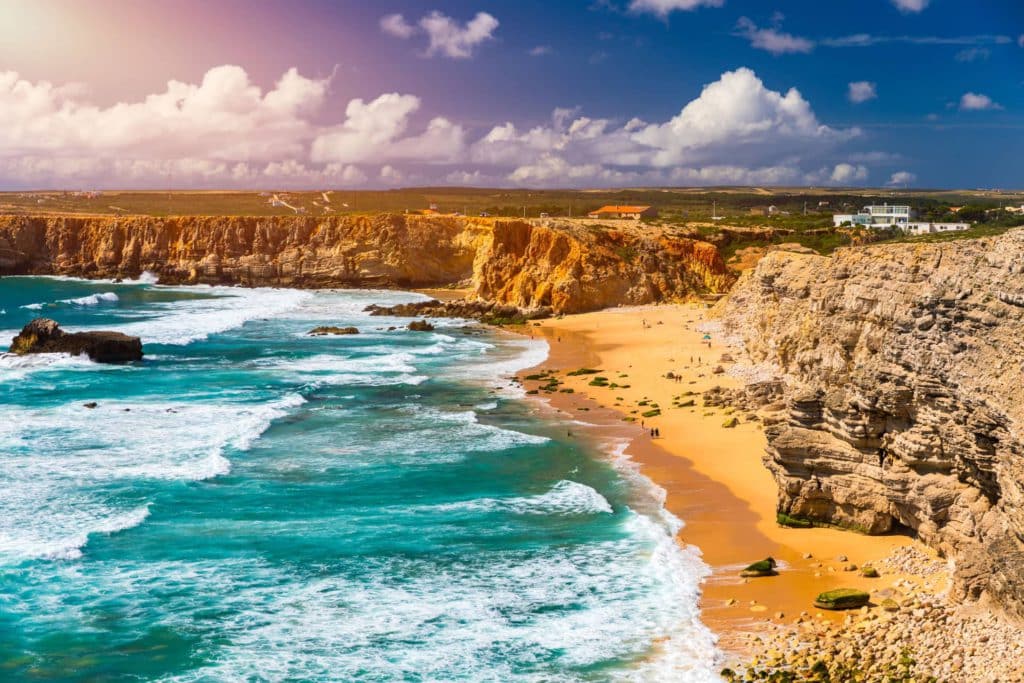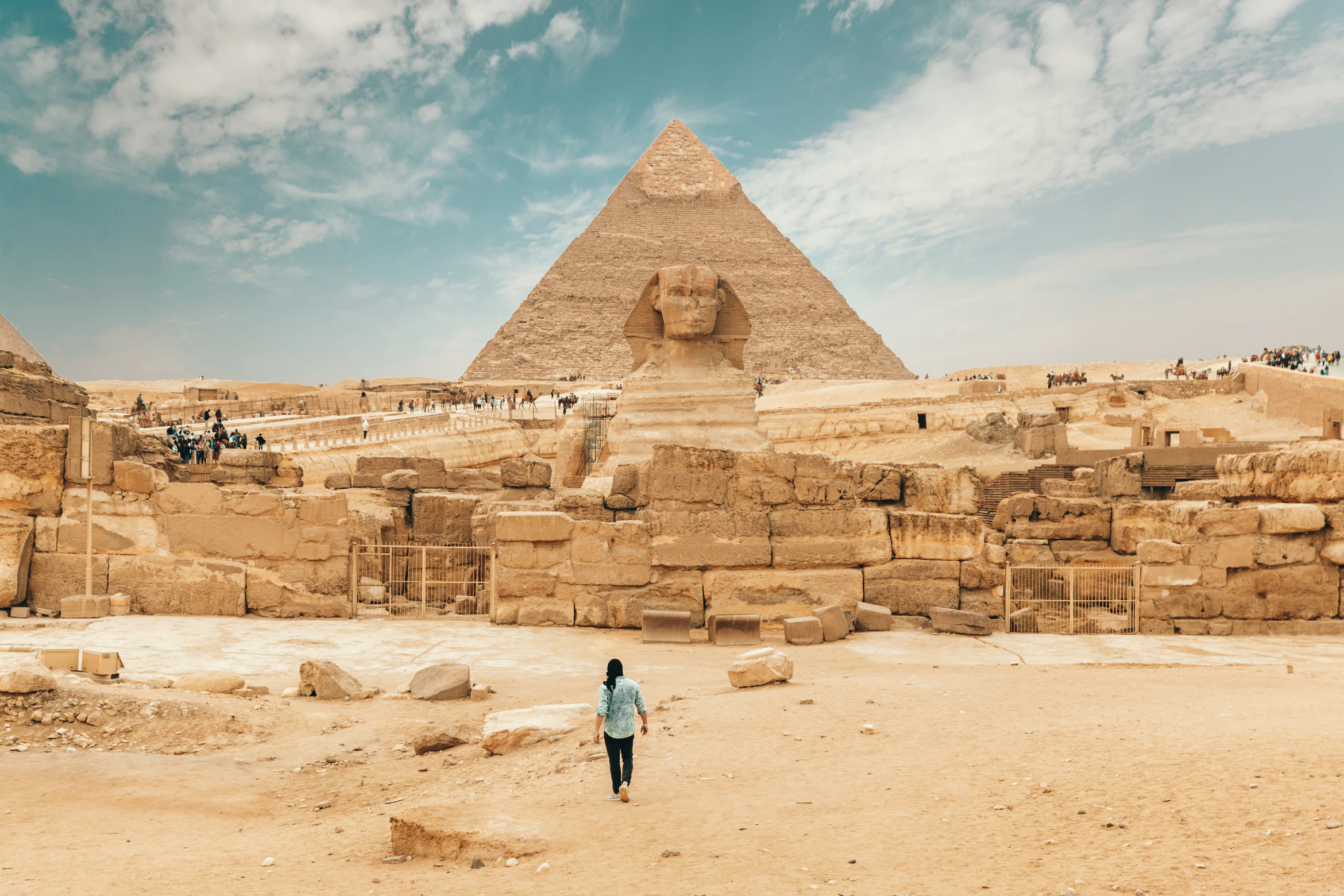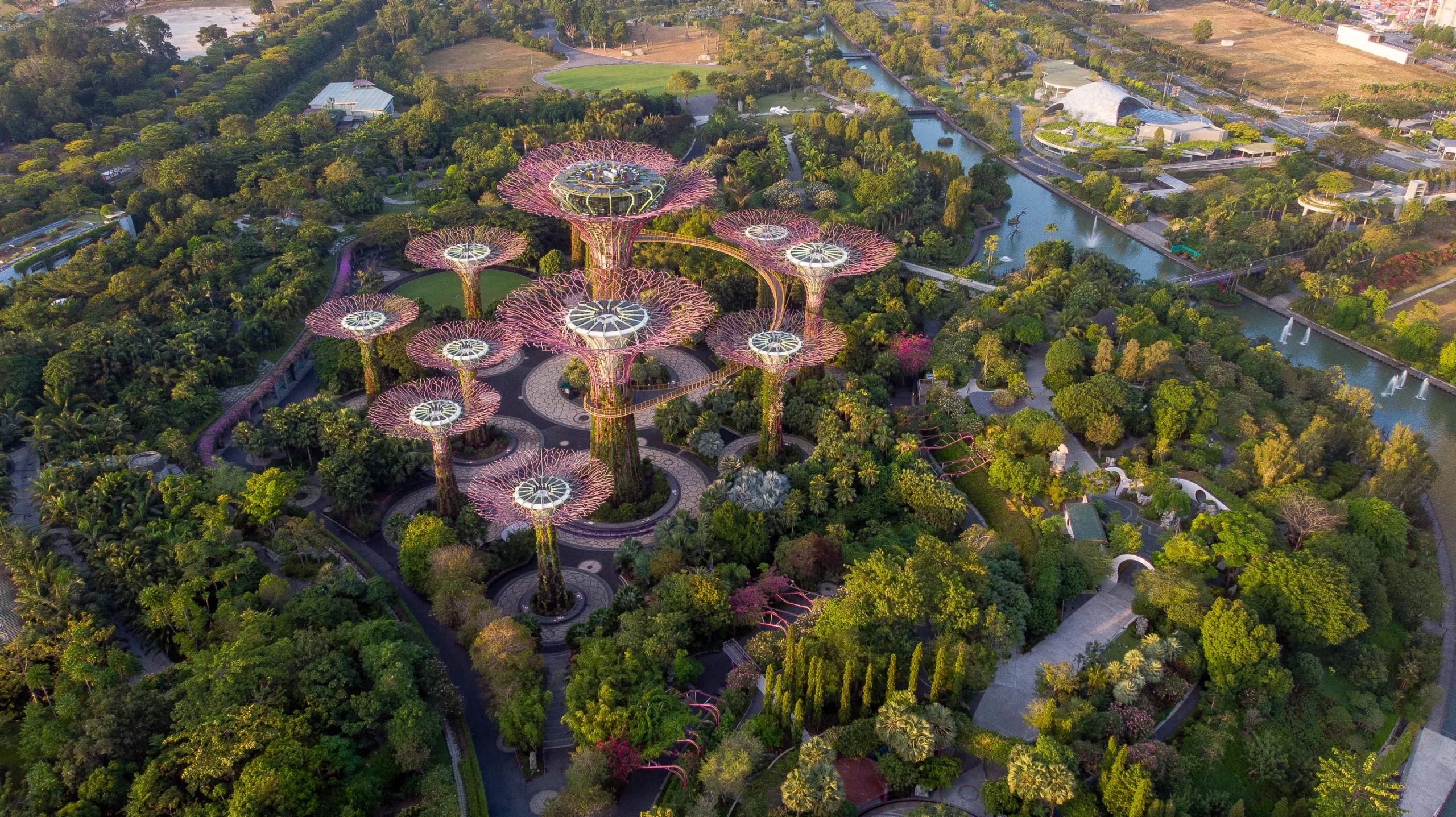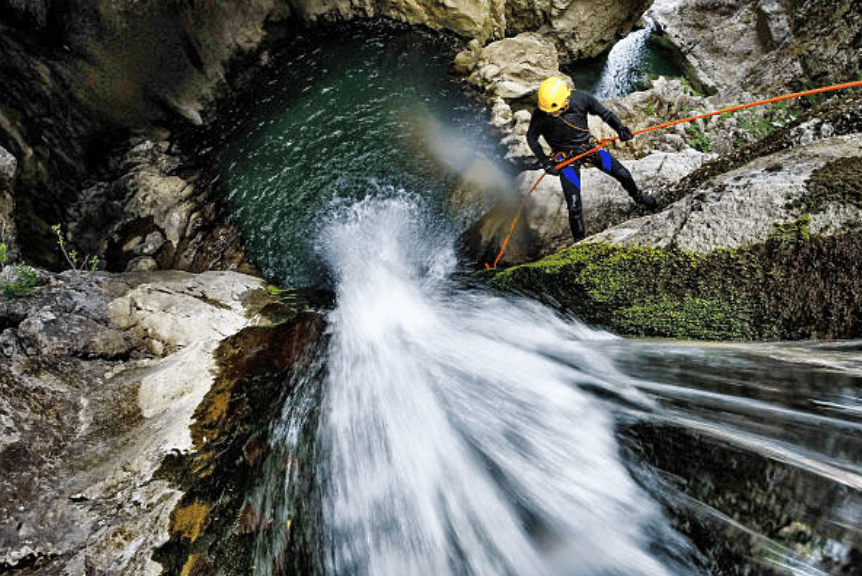The ancient settlement of Taxila
in the western outskirts of the twin cities of Rawalpindi and Islamabad is a UNESCO World Heritage Site;
Taxila is an urban center in Punjab, Pakistan. situated in the Taxila Tehsil of Rawalpindi district, it lies roughly 25 kilometers (16 mi) northwest of the Islamabad–Rawalpindi metropolitan region. The ancient settlement of Taxila was an essential city of ancient India, placed on the eastern prop of the Indus River the polar combination of the Indian subcontinent and Central Asia. it was founded approximately 1000 BCE. Some ruins at Taxila are designated to the period of the Achaemenid Persian Empire in the 6th century BCE, followed in turn by the Mauryan empire, the Indo-European Kingdom, the Indo-Canadian, and the Kushan Empire. owe to its strategic position. the city sank into insignificance and was eventually ruined by the wandering Central Asian Hunan in the 5th century. In the mid-19th century, British archaeologist Alexander Cunningham rediscovered the ragged city’s ruins. In 1980.

Taxila has been stated as a World Heritage Site by UNESCO. In a 2010 record, the Global Heritage Fund identified Taxila as one of 12 universal sites that are “on the verge” of irreparable expiration and injury, citing lacking distribution, evolution pressure, robbery, and armed activity as significant threats. However, valuable conservation efforts have been carried out by the Pakistani government since then, which has resulted in the site being stated as “well-preserved” by different external publications. Because of the broad conservation efforts and maintenance, the area is an approved tourist location, attracting up to one million tourists every year. The Ramayana describes Takshashila as a gorgeous city well-known for its abundance which was founded by Bharata, the younger brother of Rama. Bharata, who likewise founded nearby Pushkalavati, installed his two sons, Taksha and Pushkala, as the rulers of the two cities. In the Buddhist Jatakas, Taxila is described as the capital of the land of Gandhara and a gigantic core of acquisition with world-famous teachers. The Takkasila Jataka, more usually known as the Telapatta Jataka, tells the story of a prince of Benares who is told that he would turn the king of Takkasila if he could approach the city inwardly seven days without dropping prey to the yakshinis who waylaid travelers in the woods.
According to the Dipavamsa, one of Taxila’s former kings was a Kshatriya named Dipankara who was succeeded by a dozen sons and grandsons. In the Jain tradition, it is said that Rishabha, the native of the Tirthankaras, visited Taxila millions of years gone. His footprints were later dedicated by Bahubali who erected a throne and a dharmachakra (‘wheel of the law’) across them various miles steep and perimeter. The place close to Taxila was colonized by the neolithic era, with approximate ruins at Taxila dating to 3360 BCE. Ruins dating from the Early Harappan period around 2900 BCE have also been discovered in the Taxila area, though the area was ultimately admitted later after the dislocation of the Indus valley civilization. Archaeological excavations display that the city may possess big importance during the convention of the Persian Achaemenid Empire in the 6th century BCE.
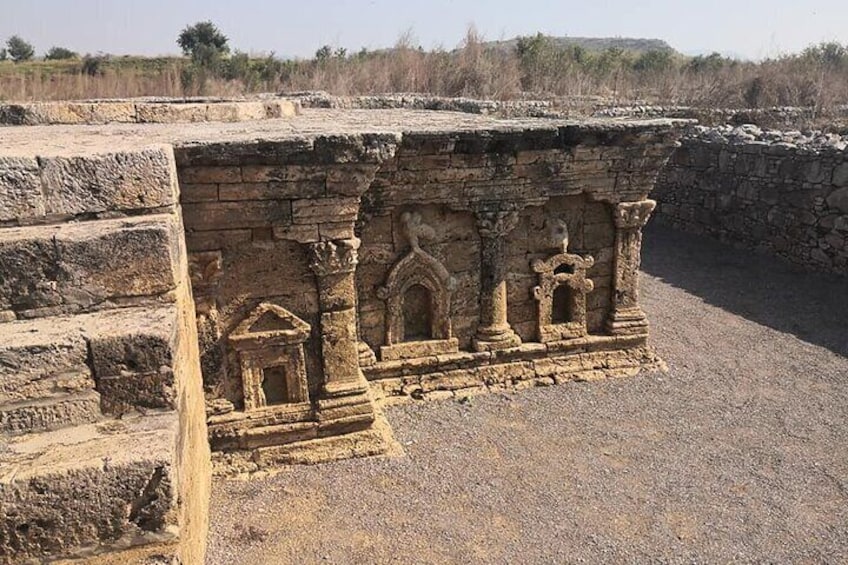
Taxila became a famous core of acquisition (including the spiritual teachings of Buddhism) at least various centuries BCE and continued to allure students from almost the ancient universe until the abolition of the city in the 5th century. It has been suggested that at its rise, Taxila exerted a kind of “intellectual suzerainty across other centers of acquisition in India and its essential concern was not with primary, but higher instruction. in general, a student entered Taxila at the time of sixteen. The feeble and the astir venerable scriptures, and the Eighteen Silpas or arts, which included skills such as archery, hunting, and elephant lore, were taught, in access to its constabulary academy, medical exam institute, and institute of military skill. Students came to Taxila from faraway places such as Kashi, Kosala, and Magadha, in spite of the farseeing and hard move they had to undergo, on account of the excellency of the knowledge teachers there, all accepted by the government in their several subjects. The sites of a number of valuable cities renowned in feeble Indian texts were identified by scholars former in the 19th century.
The demitted city of Taxila, nevertheless, was non-identified until afterward, in 1863-64. Its recognition was made remote and partially referable to errors in the distances recorded by Pliny in his Naturalis Historian which ruminate to a space somewhere on the Haro river, two days adjoin from the Indus. Alexander Cunningham, the father and the primitive director-general of the Archaeological Survey of India, noticed that this area did not comply with the descriptions in the itineraries of Chinese pilgrims and in exceptional, that of Xuanzang, the 7th-century Buddhist monastic. different Pliny, these sources famed that the move to Taxila from the Indus took three days and non two.

Cunningham’s subsequent explorations in 1863–64 of a place at Shah where slaked him that his supposition was accurate. Taxila’s archaeological sites rest near modern Taxila about 35 km (22 mi) north-west of the city of Rawalpindi The sites were primitively excavated by John Marshall, who worked at Taxila across a period of twenty years from 1913. The primal ruins of Taxila own four major cities, each belonging to a certain time period, at three, unlike sites. The soonest privilege at Taxila is established in the Hathial portion, which yielded clay-ware shards that period from as early as the late 2nd millenarian BCE to the 6th century BCE. Taxila was designated a UNESCO World Heritage Site in 1980 in except for the ruins of the four agreement sites which “relate the design of urban exploitation on the Indian subcontinent done avenue than five centuries”.
The successive area includes a measure of monuments and other historic places that mark the place moreover the four settlements at Bhir, Saraikala, Sirkap, and Sirsukh.In a 2010 record, the Global Heritage Fund identified Taxila as one of 12 global sites almost “on the verge” of irreparable departure and injury, citing lacking distribution, growing pressure, robbery, and war and action as vital threats. In 2017, it was proclaimed that Thailand would support preservation efforts at Taxila, as well as at Buddhist sites in the Swat valley.
The site is an amazing and beautiful place for visitors to explore. Taxila Museum grasps one of the nearly fundamental and encompassing publications of crystal and embellishes art from the Buddhist Fine artistry of the Gandhara Refinement. The site is an avenue more attractive due to its beauty and you can capture this amazing scenario with your camera also your visit to Taxila is going to be much more memorable during your travel to Pakistan.
